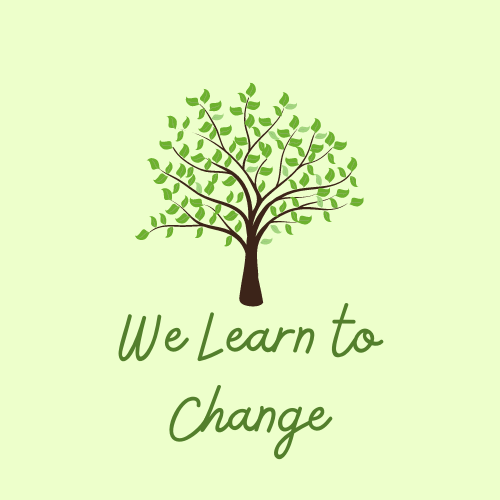What Is an Enrichment Course? What Is Its Purpose?
In the previous post, the enrichment course idea bubbled to the surface as a solution to a problem that courses with end-of-course exams would have if we were to use the 4×4 schedule. There would be a delay between the true end of the course and the standardized test students take to fulfill graduation requirements. Alternatively, there might not be enough time to work on all the skills tested because the student is taking the course in the second semester and the tests normally occur in April. Either way, going to a 4×4 schedule would not be possible unless there is a course that provides students with time to prepare in an equitable way because, face it, only the most dedicated students are going to prepare without someone to encourage them, like a teacher or a parent. There are many reasons for this, but the most important reason is they don’t have time. Our students are so busy these days. We need to help them and an enrichment course would be an ideal way to help them.
(In case you are interested, here is a list of the current exit examinations in the United States.)
What Would an Enrichment Course Look Like?
It would start with diagnostics. There are so many companies that provide diagnostic tests aligned with the assessment anchors for state tests that it is a huge industry. I won’t provide brand names or company names. If we are paying for those services, we should use them. If we aren’t, we should consider finding the best one and use it because this year the COVID-19 slide and the typical summer slide are going to force all of us to push for progress faster and more efficiently. If we know where the students are, we can make more progress.
How? Well, one way is to use ILPs (Individualized Learning Plans) created with the students to identify those assessment anchors and standards that are of concern to the student. If a student’s skills in one area are considered proficient, and in another area are considered basic or below-basic, then the student and teacher can identify the student’s focus from the data, not anecdotal evidence. From there, resources and instruction can be provided that student based on those needs and that data.
Another way is to refer to the data in aggregate for the class. Identify the areas of concern for the class and proceed from there to share resources and instruction with the students. (I don’t like to say “deliver content.” It makes me feel like I’m opening a kid’s head and pouring stuff in and I’m not a fan of “banking education,” the term coined by Freire in Pedagogy of the Oppressed. I am a constructivist and believe that all students construct, de-construct, and re-construct their knowledge base and world view on a regular basis as they take in new information and reconcile it with the old.) Together, as a class, we learn through the selection of excellent texts, presented using multiple modalities, that are accessible to the students either immediately or with differentiation.
It could work.
What’s the Point?
In my next blog post, I’m going to talk about a paradigm for designing instruction that combines UbD (Understanding by Design) and Hyperdocs. The acronym (because we all need a new one) is POINT, which stands for:
- Purpose/Goal
- Objectives/Standards/Essential Questions
- Indicators of Learning (Diagnostic, Formative, Summative, Authentic)
- Negotiable Instructional Techniques (Differentiators)
- Tasks/Steps
Thank you for reading!
